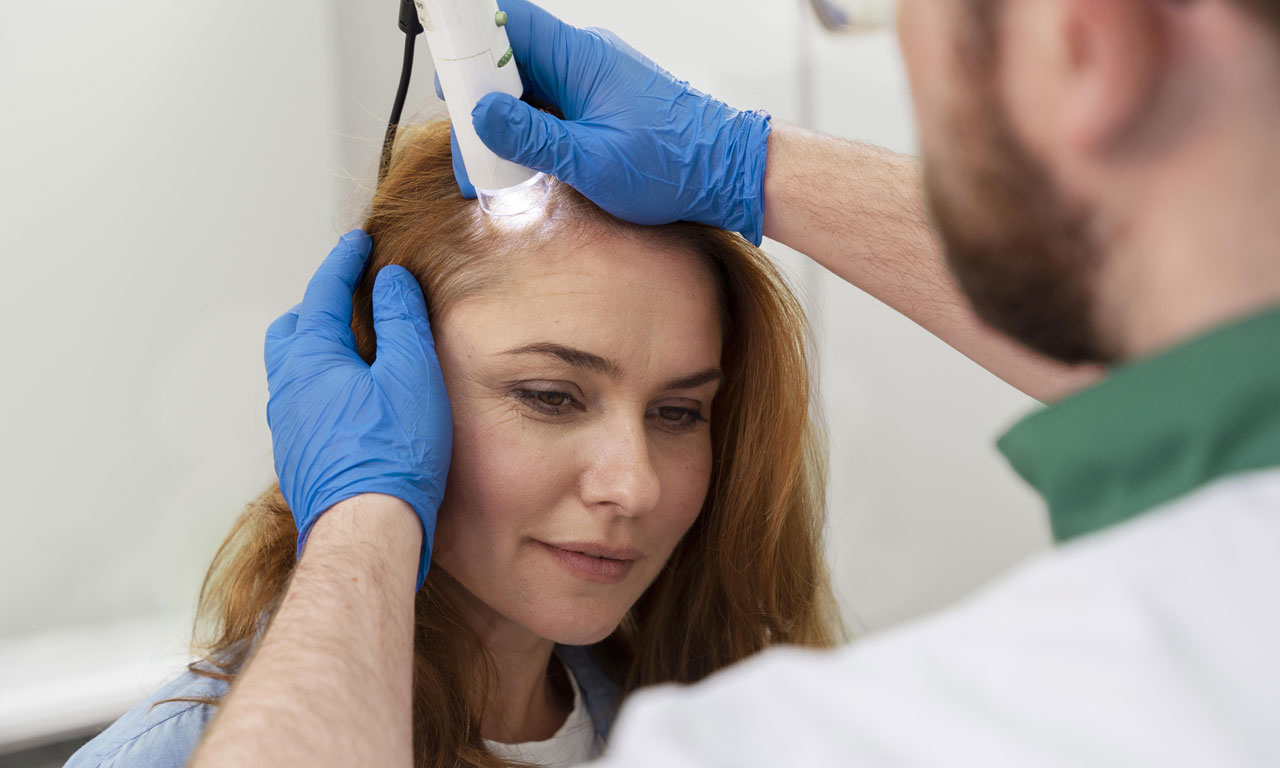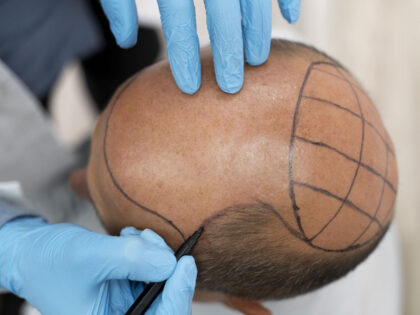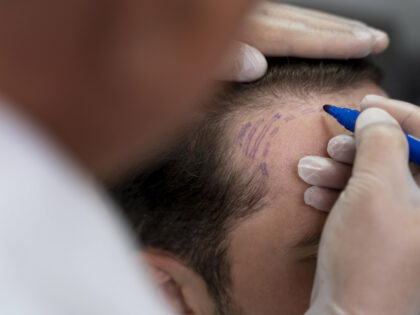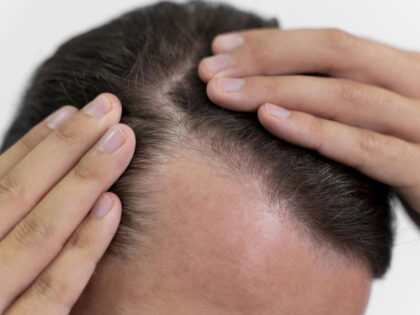Hair Restoration for Women: Special Considerations and Approaches
-
admin
- Posted on

Hair loss or thinning hair can be a distressing experience for anyone, regardless of gender. While hair loss is often associated with men, it’s important to recognize that women also face this issue and may have unique considerations when it comes to hair restoration. Whether due to genetics, hormonal changes, medical conditions, or other factors, hair restoration for women requires special approaches to address their specific needs.
Identifying the Underlying Cause: Before determining the appropriate hair restoration approach, it’s crucial to identify the underlying cause of hair loss in women. Factors such as genetics, hormonal imbalances (like polycystic ovary syndrome or menopause-related changes), thyroid conditions, and certain medical treatments can contribute to hair thinning. Consulting a dermatologist or a hair restoration specialist can help pinpoint the cause and tailor the treatment accordingly.
Non-Surgical Options: Many women prefer non-surgical solutions for hair restoration. Topical treatments like minoxidil (Rogaine) can be effective in promoting hair growth. Finasteride, an oral medication, is another option, although it’s typically more commonly used in men due to its potential side effects in women. Low-level laser therapy (LLLT) devices are also gaining popularity for stimulating hair follicles and promoting growth.
Platelet-Rich Plasma (PRP) Therapy: PRP therapy involves drawing a small amount of the patient’s blood, processing it to isolate the platelet-rich plasma, and then injecting it into the scalp. Platelets contain growth factors that can potentially stimulate hair follicles and promote hair growth. PRP therapy is minimally invasive and has shown promising results in both men and women.
Hair Transplantation: While hair transplantation is often associated with men, it’s a viable option for women as well. However, women may have different patterns of hair loss compared to men, and the donor areas may vary. Follicular unit extraction (FUE) is a popular method that involves individually extracting hair follicles from the donor area and transplanting them to the thinning or balding areas. FUE is less invasive and leaves minimal scarring.
Considerations for Natural-Looking Results: Achieving natural-looking results is particularly important for women. The hairline design, density, and overall aesthetic need to align with their facial features and preferences. Skilled hair restoration surgeons take into account factors such as hair texture, color, and the direction of hair growth to create a seamless and natural appearance.
Post-Treatment Care: After undergoing any hair restoration procedure, women need to follow post-treatment care instructions to ensure optimal results. This might include avoiding strenuous activities, protecting the scalp from the sun, and using prescribed topical treatments to aid healing and promote hair growth.
Realistic Expectations: It’s crucial for women to have realistic expectations about the outcomes of hair restoration. While these treatments can significantly improve the appearance of thinning hair, they might not fully replicate the hair density and volume of their youth. Open communication with the hair restoration specialist can help manage expectations and ensure satisfaction with the results.
In conclusion, hair restoration for women involves specialized approaches and considerations. From identifying the underlying cause of hair loss to choosing the appropriate treatment, women have various options to address their unique needs. Non-surgical treatments, PRP therapy, and hair transplantation are all viable choices, but it’s essential for women to work closely with experienced specialists who understand the nuances of female hair loss. With the right approach, women can regain confidence and achieve natural-looking, beautiful hair.





